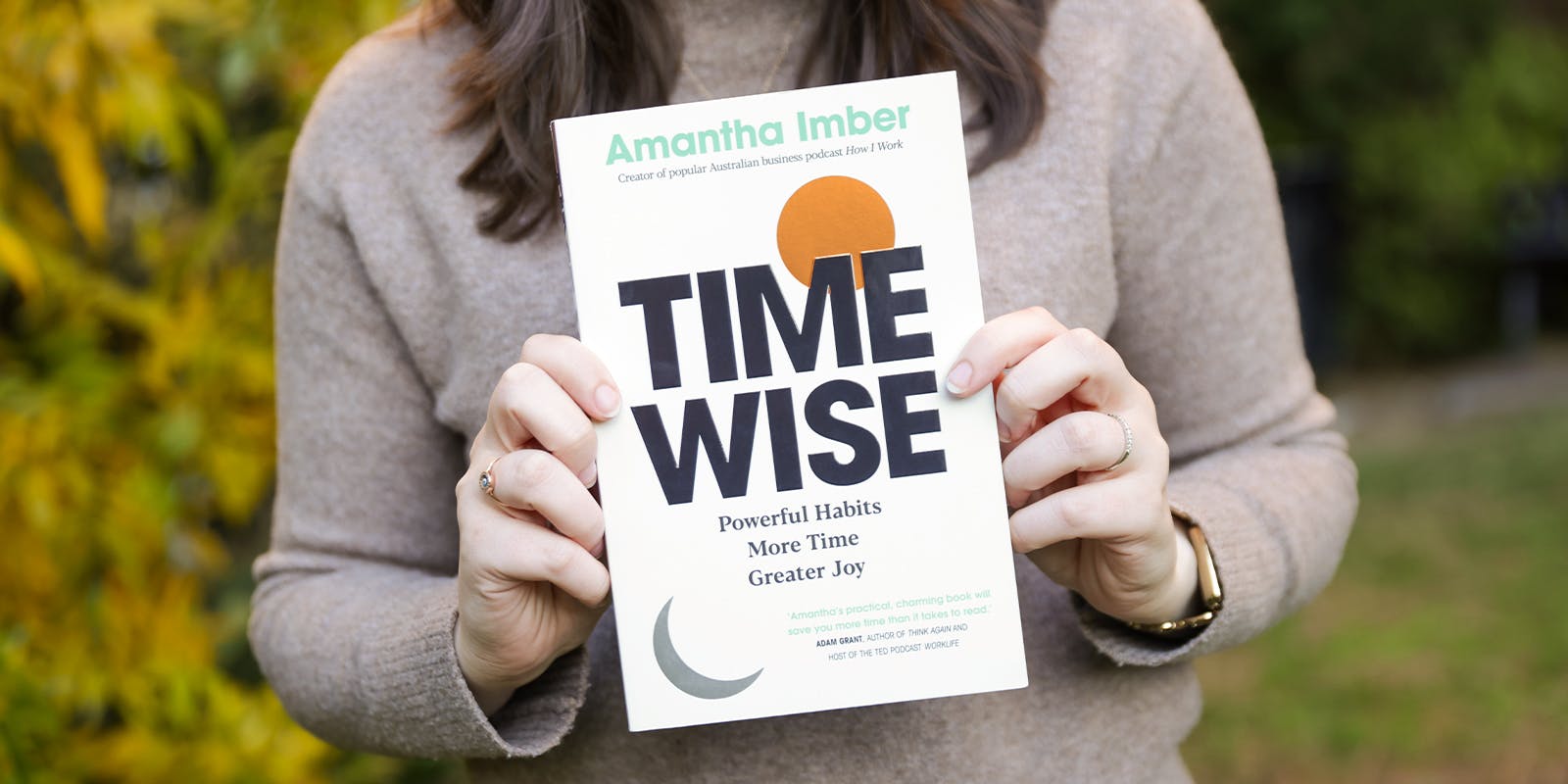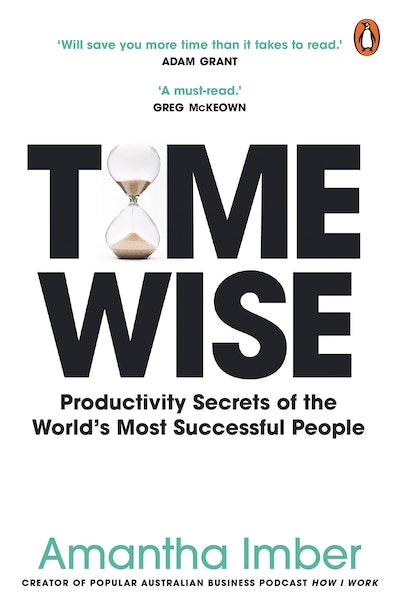Wondering what makes a person highly effective? These 5 secrets from Time Wise will give you some insight.
We all want to be a little bit more productive in our lives, but that’s way easier said than done.
The key to efficiency is proper time management, and while it sounds simple, there’s an art to learning how to manage time well. Time Wise by Amantha Imber takes the headache out of it by introducing readers to a slew of powerful habits that will give you more time and greater satisfaction.
By exploring numerous easy-to-action strategies for winning back your time, the book will set you up to be more efficient than you ever imagined possible.
Wondering where to start? These five secrets of highly-efficient people will have you feeling like a productive powerhouse ASAP.
5 secrets to becoming a highly effective person
1. Create a might-do list instead of a to-do list
Is your to-do list blocking your perspective? Too often, tedious tasks pile up on to-do lists, leaving us feeling guilty until we finally cave and spend time focussing on the tiny tasks that our past selves deemed important. The problem, however, is that when you’re so hyper-focused on the small stuff, you can easily lose sight of the bigger picture.
To avoid this problem, change your to-do list to a might-do list. Not only does this give you the freedom to bump off tasks that are no longer worthy of your time, but it also makes the entire process more enjoyable. Psychological studies have shown that as humans, we enjoy tasks that we choose to do more than those we feel forced to do. By shifting your perspective, you’ll not only keep one eye on the big picture, but you’ll also feel better about completing the tasks at hand.
2. Understand where you’re spending your time (by using a switch log)
To use your time better, it’s important to first understand how you’re already spending it. Keeping a switch log is an easy way to track how you spend your time so that you can analyse what you're doing and how you can improve.
The concept is simple: keep track of every time you switch tasks or take a break. One easy way to log the information is to send yourself a message each time you switch tasks, keeping track of what you’re doing. At the end of the day, split the tasks into categories to see where you’re spending too much or too little time.
3. Build a highlight into every day
Start each day by asking yourself what one highlight you hope to achieve. Work out the single accomplishment that would make you feel satisfied and joyful, then build the rest of your day around that. This highlight should be a relatively ambitious task that you can dedicate sixty to ninety minutes to.
Having one priority to focus on will help you feel a greater sense of achievement each day, giving you the momentum and motivation to do more. Not only that, but keeping your attention on the end result will help you be more resilient to potential obstacles that may arise.
4. Do more $10,000 per hour tasks and fewer $10 per hour tasks
One key trick to making the most of your limited time is by allocating the hours you spend towards more valuable tasks. No matter what you do for work, certain tasks are more valuable than others.
First, identify the lower value actives. These might include things like running errands or administrative duties. Once you know what these low-value tasks are, find a way to reduce them or stop doing them altogether. This can look like hiring an assistant, installing automated software, or hiring contractors to perform errands. By delegating lower-value tasks, you’ll free yourself up for more high-value tasks like planning and sales-generating.
5. Plan breaks into your day
It might sound counterintuitive, but building breaks into your day can actually make you more productive. How, you ask? When you build breaks into your day, you limit yourself to a specific break period, rather than leaving the door open to potential breaks all day long. When you have dedicated time for breaks, you’ll be less likely to stray onto social media, or spontaneously lose focus while working.
If you feel like you’re too busy to schedule a break, something as small as a quick walk around the office between meetings will work. In fact, research from the University of Colorado suggests that six five-minute walking breaks throughout the day boosted energy and improved mood more than one thirty-minute walking break.
Want to learn more tips and tricks to maximise your productivity? Check out the book for more.














